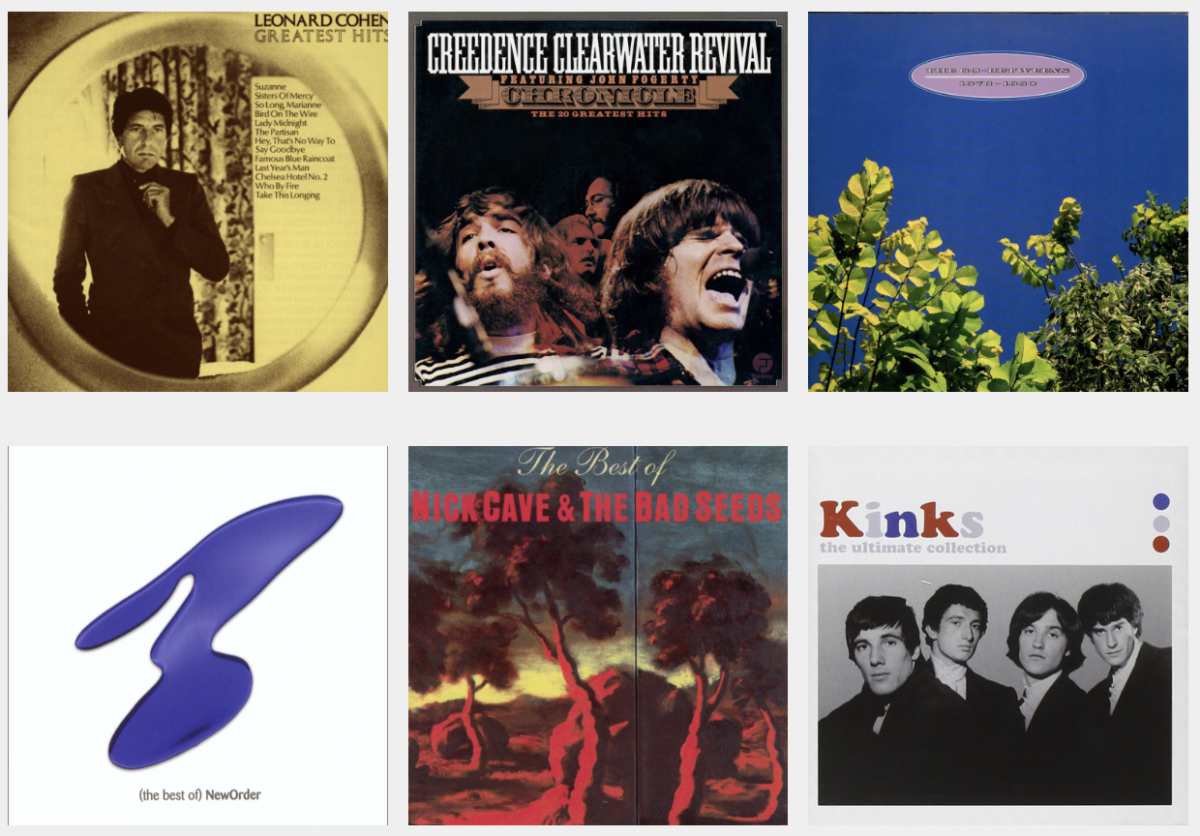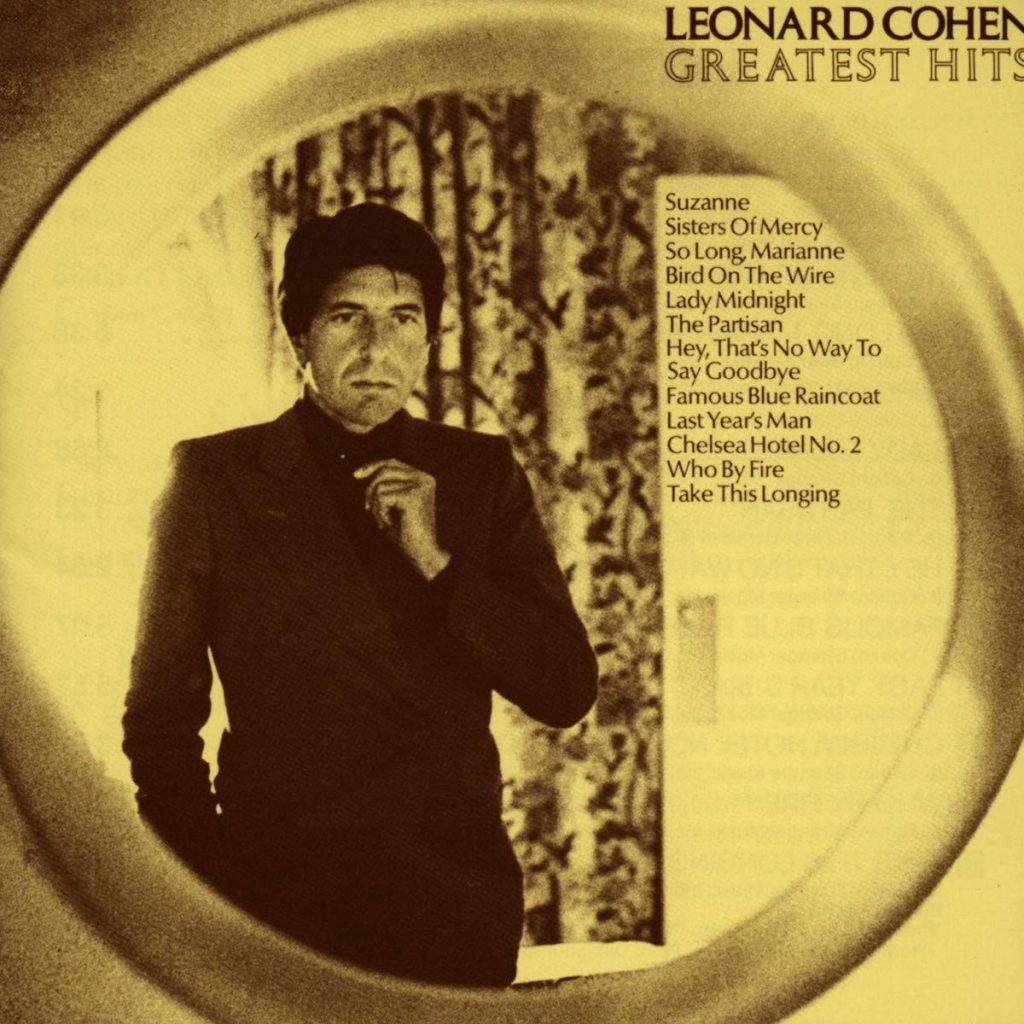


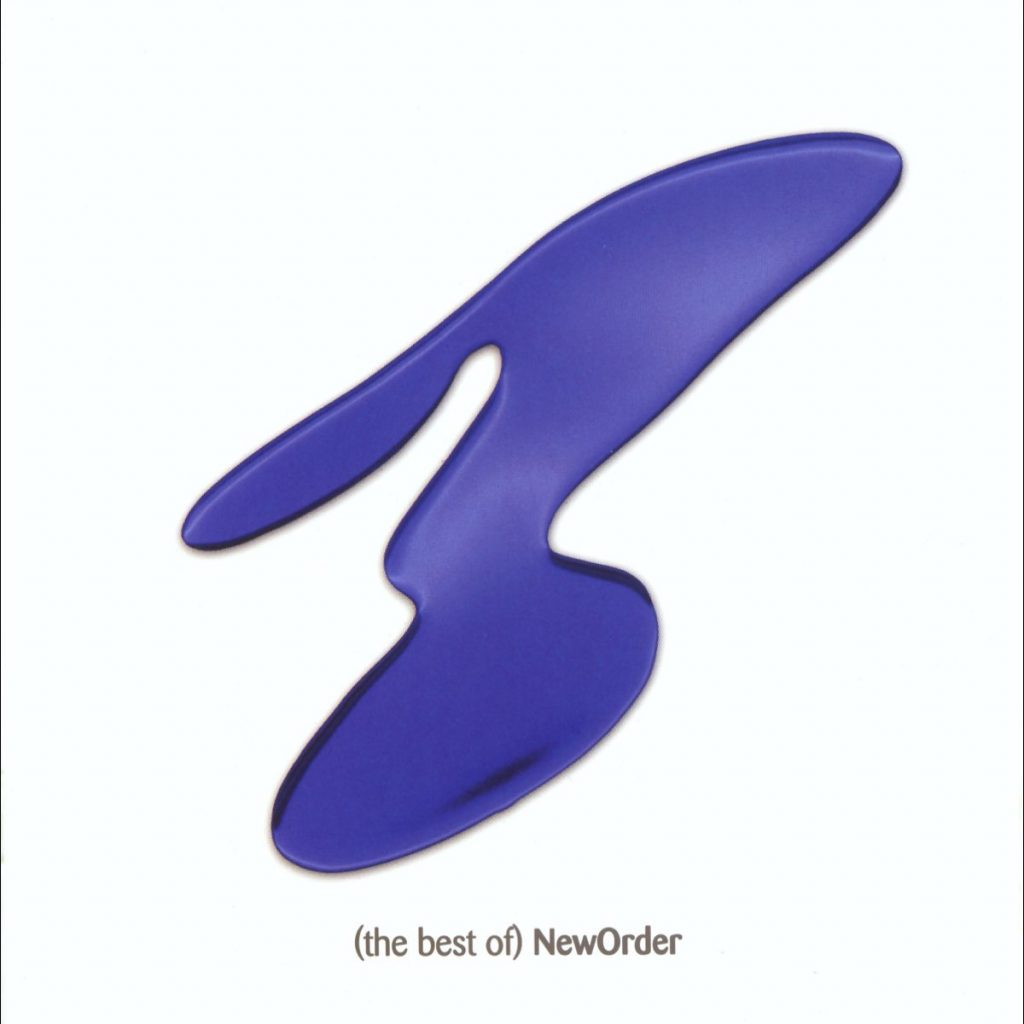
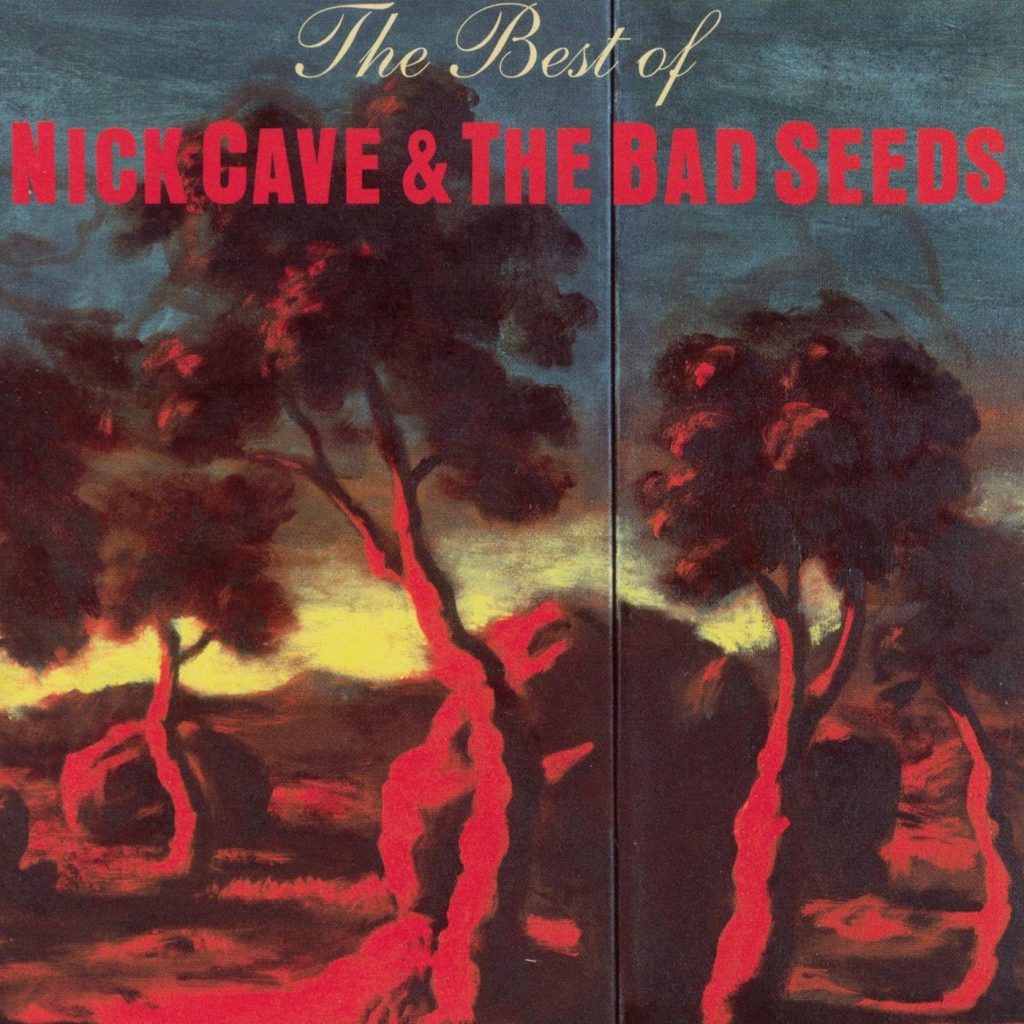
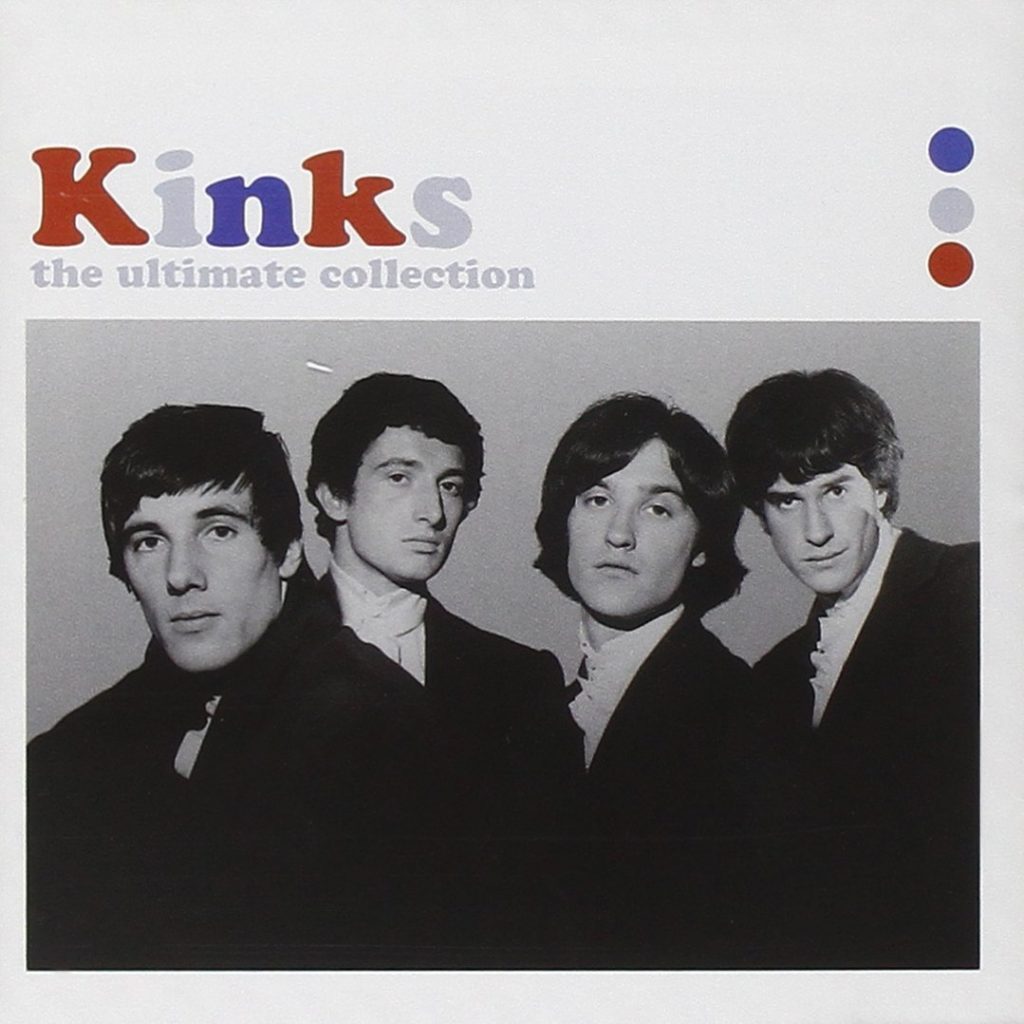
We all know self-appointed music snobs who would just as soon be strapped to a chair and force-fed the entire Poison catalog as purchase the lazy man’s way to a diversified music collection: the best-of. But everyone owns at least one greatest-hits collection. Surely you’ve got a well-loved copy of Al Green’s Greatest Hits or The Best Of Blondie bouncing around the glove compartment, right? Well, there’s a reason for that. These guilty pleasures are not only what make the music industry go ’round (some acts have been repackaged more often than they were ever officially recorded; take a bow, Jimi), they’re sometimes the best work an artist will ever release. We’ve surveyed the rock ’n’ roll wastelands to unearth six of the finest, most concise greatest-hits collections unleashed on the masses.
LEONARD COHEN The Best Of Leonard Cohen (Columbia)
A Canadian national treasure, Cohen has led an amazingly full life. A notorious womanizer throughout much of his 72 years, Cohen has never married and spent half of the ’90s living in seclusion on a Southern California mountaintop as an ordained Buddhist monk. He’s issued 15 albums, written at least a dozen volumes of poetry and prose, made a guest appearance on Miami Vice, had two children out of wedlock and was engaged to Risky Business pin-up Rebecca DeMornay. That said, Cohen’s definitive work remains this 1975 best-of, which draws only from his first four albums. A blueprint for life’s beautiful losers, Cohen muses on the intersection of doomed love and uncertain faith (“Suzanne,” “Chelsea Hotel No. 2”) and quiet pleas for forgiveness (“Who By Fire,” “Bird On The Wire”). Kurt Cobain sang longingly of “a Leonard Cohen afterworld,” and it’s clear that without the Bard of Bleak, there could’ve been no Nick Cave or Elliott Smith. The Rest-Of: 1997’s More Best Of Leonard Cohen, which includes four songs from 1988’s essential I’m Your Man and four choices from 1992’s weaker The Future.
CREEDENCE CLEARWATER REVIVAL Chronicle: The 20 Greatest Hits (Fantasy)
For the entirety of two years—1969 and 1970—no one ruled American radio quite like San Francisco’s Creedence Clearwater Revival. Of the 20 songs on 1976’s Chronicle no fewer than 15 were top-10 singles, including eight in a row that went gold: “Proud Mary,” “Bad Moon Rising,” “Fortunate Son” and “Have You Ever Seen The Rain?” among them. For years, CCR’s straightforward blend of faux-swamp stomp and jingle-jangle Americana fell out of critical favor. But as Greil Marcus’ liner notes point out, CCR’s total absence of gimmickry, singer/songwriter John Fogerty’s rock ’n’ roll growl and the band’s three-minute storytelling generated a body of work that stands up far better than most of the music produced by its contemporaries. The Rest-Of: 1972’s Creedence Gold lives up to its name (comprising eight hit singles), but its meager length fails to capture the band’s diversity.
THE GO-BETWEENS 1978-1990 (Capitol)
The recent passing of Go-Betweens co-founder Grant McLennan at the age of 48 only magnifies his band’s legendary run of bad luck, both in life and business. Complete with liner notes penned by McLennan and songwriting partner Robert Forster, this 1990 best-of includes nearly everything that made the Go-Betweens such a compulsive joy, from essential album cuts and criminally overlooked singles (the lush, romantic “Bachelor Kisses,” the wistfully autobiographical “Cattle And Cane”) to a few choice b-sides and Peel Session tracks. One need only listen to Belle And Sebastian’s If You’re Feeling Sinister or any song by the Clientele to understand how quietly influential the Go-Betweens’ drawing-room wordplay and melodies-in-miniature have proven. The Rest-Of: 1999’s Bellavista Terrace, which is more widely available but less comprehensive.
NEW ORDER (The Best Of) New Order (Qwest)
After Joy Division frontman Ian Curtis hanged himself in his kitchen on the eve of the group’s first U.S. tour, the surviving members formed New Order, the thinking-person’s dance band whose icy-cold sound defined an era. On 1995’s (The Best Of) New Order—documenting 1981’s Movement through 1993’s Republic—you can hear Bernard Sumner and Co. creating an image of the modern pop group as a loosely affiliated gang of distant, contract-hire associates. Included are early single “Dreams Never End,” breakout club hits “Bizarre Love Triangle” and “Blue Monday 1988” and underrated ’90s tracks such as the propulsive “Regret.” (The Best Of) New Order goes the 1987 singles compilation Substance—whose terrific “Thieves Like Us” and “Perfect Kiss” go missing here—one better by sampling work from across the spectrum of the band’s full-length releases and remixes. The Rest-Of: 2005’s Singles, noteworthy only for the inclusion of tracks from that year’s mediocre Waiting For The Sirens’ Call.
NICK CAVE & THE BAD SEEDS The Best Of Nick Cave & The Bad Seeds (Mute/Reprise)
From his early sex/violence/death-obsessed albums as a member of Aussie noise pioneers the Birthday Party to his later sex/violence/death/salvation-fixated essays with the Bad Seeds, Cave is—like Bob Dylan and Tom Waits—first and foremost an album artist. This makes the task of assembling a best-of that much more difficult. Other than an arbitrary selection of personal favorites from the 10 albums Cave released in the 13 years preceding this 1998 affair, what exactly is “best” about such a collection? It certainly isn’t the sequencing, which practically begs for chronological order but instead scatters Cave’s songs like a game of 52-card pick-up. But this is a mere nitpick considering the range of work surveyed here: soundtrack closet-drama “Red Right Hand,” lovely spirit-quest “Into My Arms” and live staple “The Mercy Seat.” Also present are classic murder-ballad duets “Henry Lee” (with Polly Harvey) and “Where The Wild Roses Grow” (crooned with surprising gravity by Kylie Minogue and the only mainstream hit on this collection). The Rest-Of: 1995’s The Wonderful World Of Nick Cave And The Bad Seeds, which overlaps with this release, albeit in a strangely parsimonious way.
THE KINKS The Ultimate Collection (Sanctuary U.K.)
This 2002 double-disc bonanza is the only Kinks compilation worth owning and illustrates the challenge of compiling a best-of for bands whose work has traveled across multiple record labels. The Ultimate Collection spans the Kinks’ 40-year career, from the proto-metal of early singles “You Really Got Me” and “All Day And All Of The Night” to frontman Ray Davies’ first sparks of wry social commentary on “A Well Respected Man,” its acidly funny follow-up “Dedicated Follower Of Fashion” and the nostalgic “Sunny Afternoon” and “Waterloo Sunset.” Also included are career-defining hit “Lola” and MTV-era smash “Come Dancing,” but the group’s late-’70s arena-rock period is mostly ignored. After luxuriating in these 44 songs, it’s clear the Kinks deserve even more critical and popular reevaluation than what has already been accorded them via the reassessment of albums such as 1968’s The Village Green Preservation Society. The Rest-Of: So many crap compilations (more than five dozen “officially” available in the U.S.), so little time to pick only one.
—Corey duBrowa


